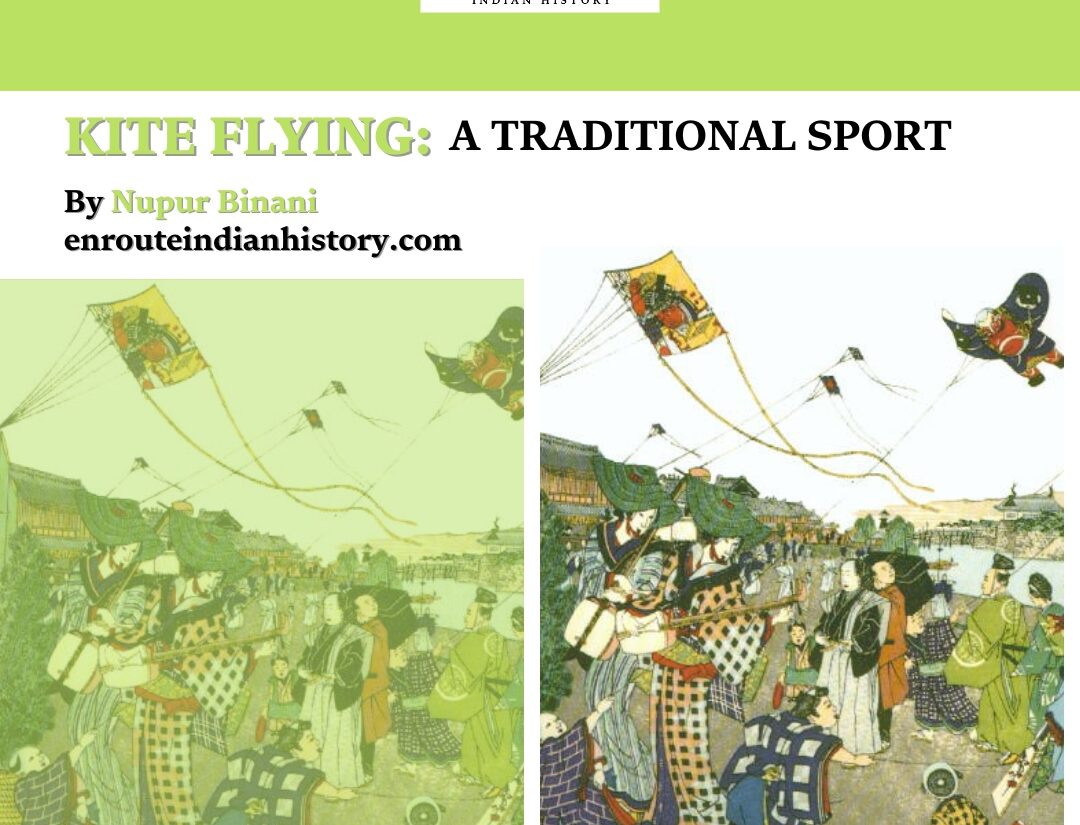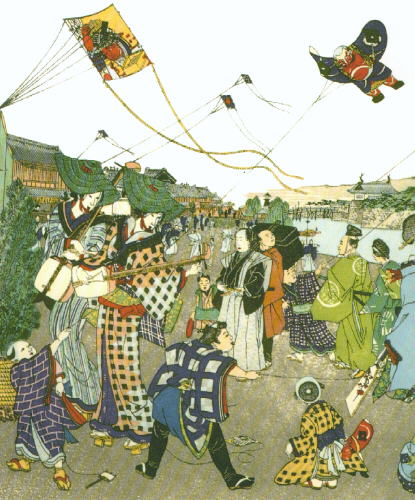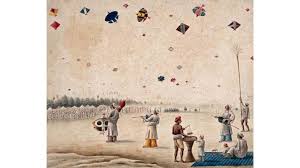
It’s the morning of August 15, you decide to have a tour of Old Delhi but you notice an unusual sight; more people are on their terrace than on the road. The clear sky is filled with colourful kites (Kite Flying), the atmosphere is festive where friends & family are enjoying the day with great enthusiasm. Indeed, you arrived in Delhi on the right day, the capital city has its own way to celebrate the National Holiday- Independence Day.
India became an Independent, Sovereign and Republic nation on 15th August 1947 beginning an era of deliverance from the clutches of British colonialism of more than 200 years. Since the day reminds about the dawn of a new beginning, people all over the country celebrate the National holiday by symbolising the colour of the Indian flag through various interactive activities. India’s Independence is tryst with destiny hence remembering the sacrifice and struggle of our freedom fighters is the most highlighted thing of the day. Today, mother India stands liberal, free and independently becoming the 3rd largest economy, the wealthiest ethnic group in America and the largest Democracy of the world possible because of the long run struggle of our fighters. Delhi being the capital city, has its own procedure to mark the day’s significance starting with a flag-hoisting ceremony at the Red Fort, where the Prime Minister delivers a speech to the nation. The fort is decorated with lights and flowers, and the event is marked by various cultural performances, parades, and the singing of the national anthem. Delhi’s streets are filled with patriotic fervour, with people wearing tricolour outfits, and there are various public and private events, including educational programs and community gatherings. The most enjoyable event is the kite flying activities, people of all ages gather on rooftops, open fields, and public spaces across the country to fly kites with great enthusiasm. Be it the festival of Makar Sankranti or Uttarayan or a celebration of Indian independence, both are synonymous with kite flying. Before indulging ourselves in the relation of Independence and kite flying it is important to draw our attention towards the history of Kite making.

While the kite has a simple structure, its history in the Indian subcontinent is rather knotted. The origin of the kite is still disputed. Some historical sources suggest that the kites could have origins in Melanesia, Micronesia and Polynesia, but it is widely believed to have been invented in China. Sinologist Joseph Needham, suggests the earliest written account from China of Gong Shuban who lived in the State of Lu somewhere between 722-481 BCE and was observed constructing a “sparrow-hawk” type of kite that was used for military purposes of measurement. Later in the centuries, the kite spread from China to neighbouring coastal states and insular Southeast Asia and then was eventually traded to the Mediterranean region in the West and into the Pacific Island region in the East. Finally, the kite found its way to Europe by the 16th century when Portuguese merchants returned from the Orient and eventually to the Americas and elsewhere with European colonists in the centuries leading unto global modernity as we know it. An alternative proposal considers that there is a widespread use of fishing kites in the insular Southeast Asian region that are made from large simple leaves and may indicate an earlier development than those of Chinese warlords. In evolutionary terms, these are the most rudimentary of all kite forms and considering their design, they may be as old as sailing itself in this region. Chinese neighbours borrowed it from them during the “axial age” when trade first intensified between mainland and insular groups. This means that kite-flying would have been invented in insular Southeast Asia and then immortalised in writing by the literate Chinese.
Kite Flying
Kites are believed to have come to India with Buddhist missionaries from the East through the Silk Route, following which they travelled to distant lands such as Arabia and Europe. The earliest written accounts of the kite in ancient Indian literature can be found in the poetry of the 13th century Marathi saint and poet, Namadeva. In his poems or gathas, he called it a gudi, and there is a mention that the kites were made from kaagad (paper). Written accounts of kites also exist in the songs and poems of 16th century Marathi poets such as Dasopant and Ekanatha, both of whom call it vavadi. Along with poets from Western India, there are written accounts of the kite from the Awadh region in the Satsai of the Hindi poet Bihariepic poem Ramcharatramanas, the 17th poet Tulsidas also mentioned kites and provided an anecdote of how Hanuman retrieved Rama’s kite that had flown to Indralok. In the poem, he calls it a chagg. According to Nikita Desai, the author of A Different Freedom: Kite Flying in Western India, there are also mentions of kites in the Ramayana and the Vedas. Under the Mughals, kite flying was turned into a sport, primarily among the nobility. With growing popularity, the design was also enhanced for better aerodynamics. Mughal paintings and miniatures from the time show both men and women flying kites.Phool Waalon ki Sair, a celebrated festival in the belt of Delhi also has its history related to kites. It is believed that upon Jahangir’s return to Delhi from a three-year exile in Allahabad in 1812, the residents of the city flew kites to celebrate his return while his mother offered a chaadar. In the western part of the nation, ‘kai po che’ (‘I have cut the kite’ in Gujarati) is heard from the rooftops. The state Gujarat has been, for long, associated with kite flying and houses the Patang Kite Museum, which was conceptualised by Bhanu Shah and is a treasure trove of historical kites. The tradition of kite flying continued even after the decline of the Mughal empire. It was a seasonal activity that was carried out during festivals such as Uttarayan or Makar Sankranti, and in the Punjab region, on Basant Panchami and Baisakhi. Independence day has been explicitly associated with kites flying at top in the sky remarking India’s freedom. We don’t have a particular reason for this act but the sources often link to Simon Commission, people from the Indian subcontinent protested by flying hundreds of kites with the words ‘Go Back, Simon’. Perhaps the association of freedom with kite flying was what initiated the tradition of kite flying.

As per India.com, these days parts of Delhi see terrace parties being held with kite-flying competitions and Bollywood music.This is fairly popular in Chandni Chowk, Daryaganj, Hudson Lines, Kingsway Camp, Kamla Nagar, Tilak Nagar, and some other areas. But for some in old Delhi it means a lot more than just a recreational sport or plain fun.
“It is not just a game; it is a feeling,” Mohammad Waqar Yunus, 22, told The National.
According to The Times of India, one aspect of kite-flying remained unchanged during the pandemic – the social messaging. “I have seen this tradition since my childhood. We have learnt this from our grandparents.
Kite flying is a tradition that has been passed on to children from generation to generation here,” Yunus added.
Some shopkeepers in Delhi wrote “Wash your hands”, “Please maintain a six-feet distance” on kites. Others wrote socially-conscious slogans like “Beti Bachao, Beti Padhao”.
The problem with flying your kite in the street is, you’re never relaxed, keep manoeuvring to avoid buildings, overhead wires, and even trees until you blink and snap! You’re stuck on an overhead power line across the street. “Not again” you sigh under your breath. The thing is, it’s only a matter of time before that happens. In fact, that’s what the competition always was. The last man flying wins. In a way, what this means is, to be as free as a kite in an open field, you have to create an environment for it. You’ve got to be in an environment that encourages that level of freedom.
Evading the string of other kites, you finally secure the tricolour flag at top of sky. The kite’s string is your own hand, in the competitive fight you have your kite flying at top, your unity with mates helps to secure that position but at the same time you are aware of your enemies. This kite flying process is symbolic to our free, independent and sovereign nation who has witnessed long run struggle and values this freedom. It is one of the most beautiful piece of patriotism, one doesn’t just see a kite flying in mere sky but one feels the process and importance of freedom. Finally, our Sovereign, Socialist,Secular,Democratic and Republic India stands at the top of the global world with the string in the hands of the public and not any external power. Hence, the metaphor of a kite soaring freely captures the spirit of India’s sovereignty, illustrating how the nation’s freedom is both a shared and deeply personal experience for its people.
References-:
- Abdul Halim Sharar, Lucknow. The Last Phase: The Last Phase of an Oriental Culture
- Catholic Sentinel.Go fly a kite
- Damion Sailors.Manu – An Analysis of the Ancient Practice of Oceanic Kite-flying
- Nurein Akindele.The Relationship Between Flying Kites And Freedom
- Firstpost.Colours of Freedom

















